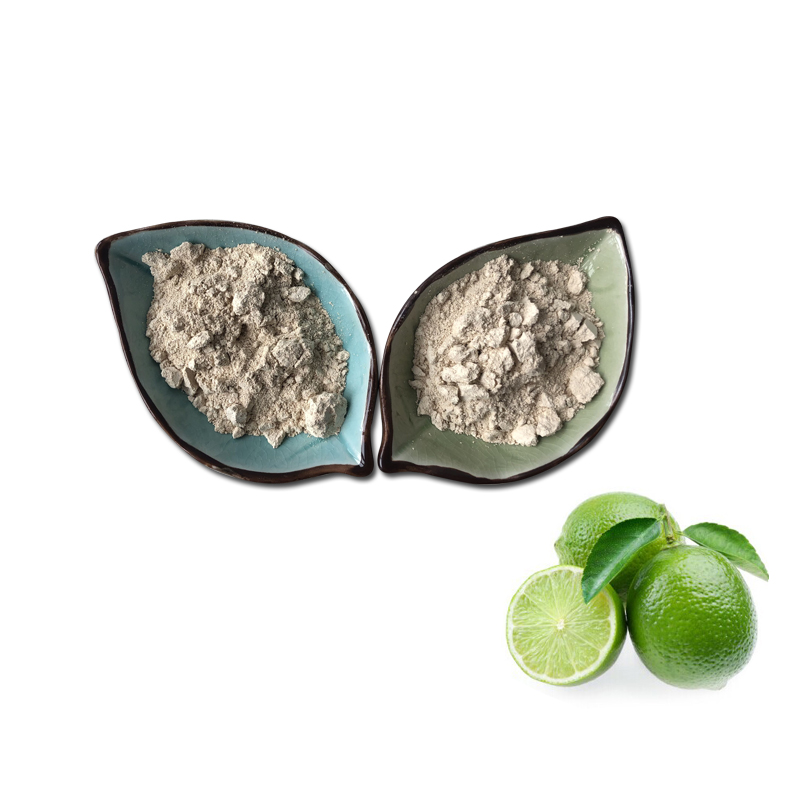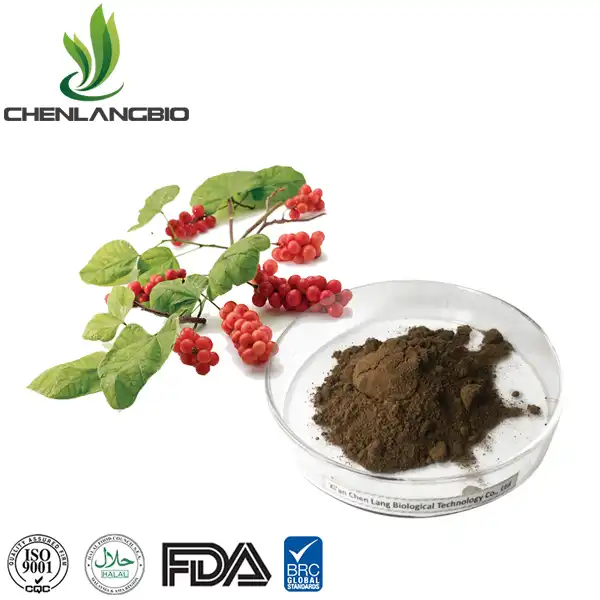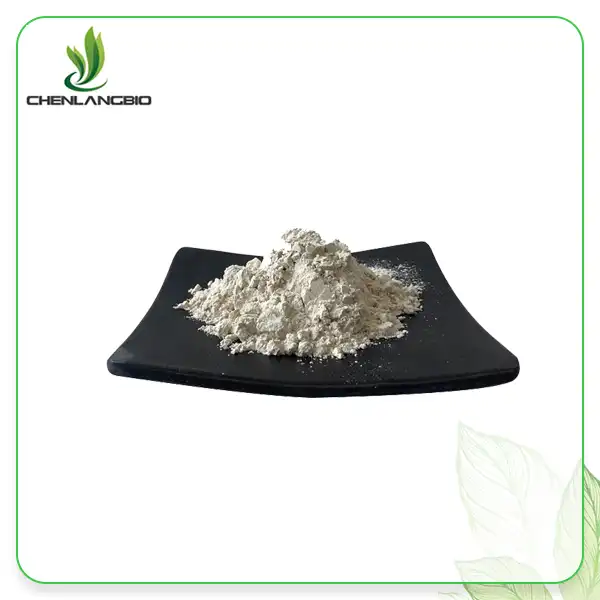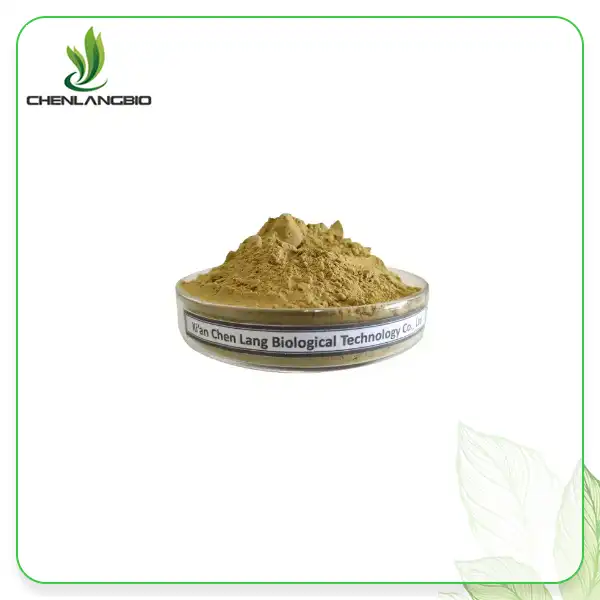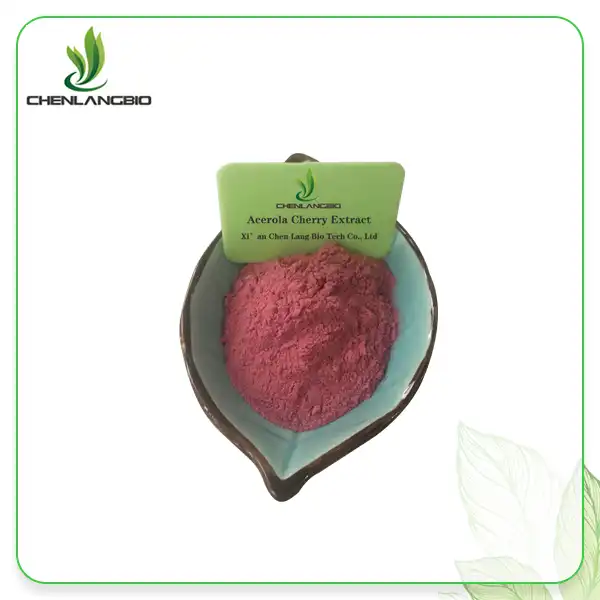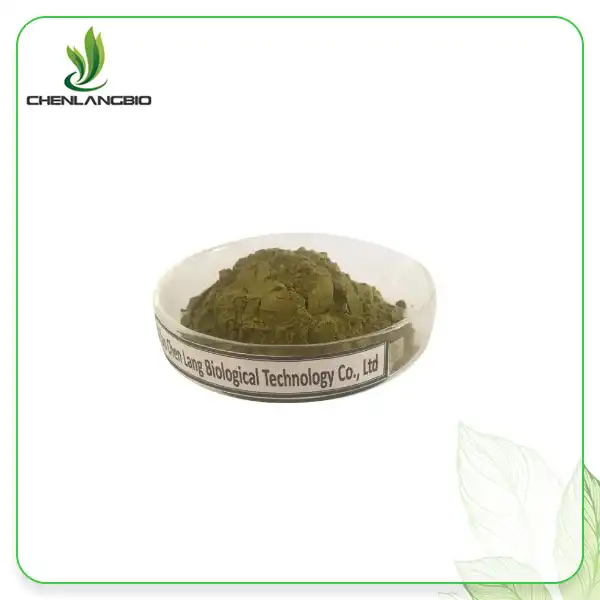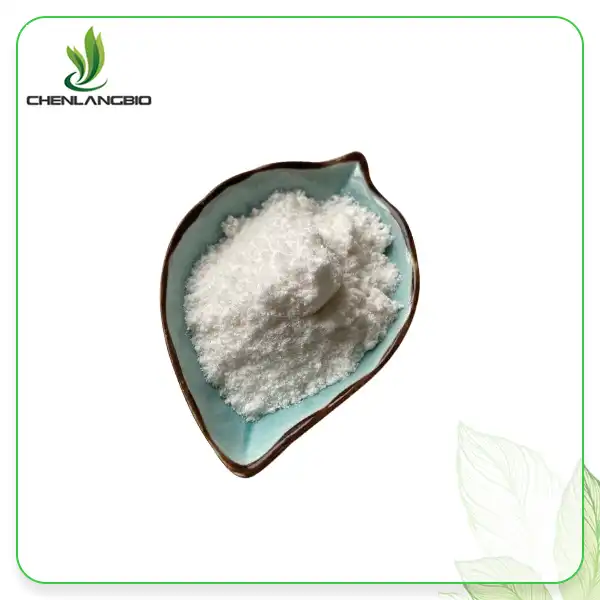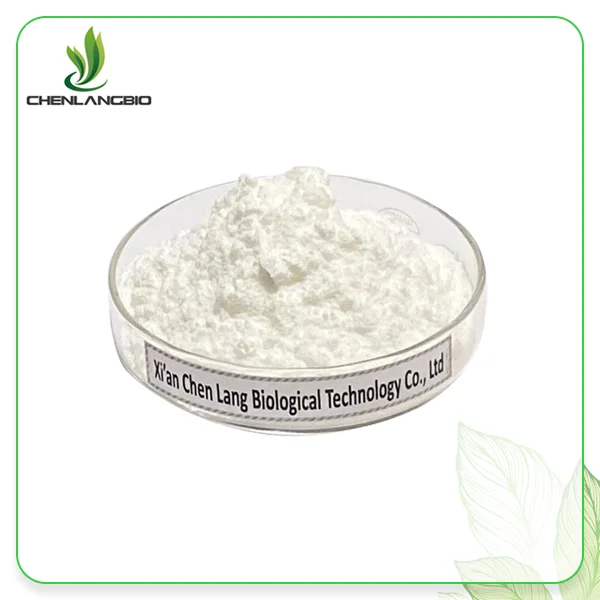Exploring the Pharmaceutical Value of Meglumine Powder
2025-05-15 16:20:57
In the ever-evolving landscape of pharmaceutical research and development, certain compounds stand out for their versatility and efficacy. One such substance that has garnered significant attention in recent years is meglumine powder. This article delves into the multifaceted applications of Meglumine in the pharmaceutical industry, exploring its role in drug stability, production advantages, and future potential in healthcare.
How Meglumine Powder Supports Drug Stability?
Meglumine, also known as N-Methyl-D-glucamine, plays a crucial role in enhancing the stability of various pharmaceutical formulations. Its chemical structure, C7H17NO5, allows it to act as a potent stabilizing agent, particularly in the realm of contrast media and certain active pharmaceutical ingredients (APIs).
One of the primary ways Meglumine supports drug stability is through its ability to form stable salts with acidic drugs. This property is particularly beneficial for compounds that are prone to degradation in their free acid form. By creating Meglumine salts, pharmaceutical scientists can significantly improve the shelf life and effectiveness of these medications.
Moreover, Meglumine's solubility-enhancing properties contribute to improved drug stability. Many APIs suffer from poor aqueous solubility, which can lead to formulation challenges and reduced bioavailability. Meglumine can act as a solubilizing agent, helping to keep these drugs in solution and preventing precipitation or crystallization during storage.
The pH-stabilizing effect of Meglumine is another valuable attribute. In liquid formulations, maintaining an optimal pH is crucial for drug stability. Meglumine powder's buffering capacity helps to control pH fluctuations, ensuring that the drug remains stable throughout its shelf life.
Research has shown that Meglumine can also protect certain drugs from oxidative degradation. Its antioxidant properties help to scavenge free radicals and prevent oxidative stress, which is particularly beneficial for sensitive compounds susceptible to oxidation.
Advantages of Meglumine in Medicine Production
The incorporation of Meglumine in pharmaceutical manufacturing processes offers numerous advantages that contribute to more efficient and effective medicine production.
One of the most significant benefits is Meglumine's role as an excipient. Its compatibility with a wide range of active ingredients makes it an invaluable component in various formulations. Meglumine can improve the solubility, stability, and bioavailability of drugs, leading to more effective treatments and potentially lower dosage requirements.
In the production of contrast media for medical imaging, Meglumine is indispensable. It forms stable complexes with iodinated organic compounds, resulting in radiopaque agents such as diatrizoate meglumine and iodipamide meglumine. These contrast agents are essential for various diagnostic procedures, including X-rays and CT scans.
Meglumine's versatility extends to its use in different dosage forms. It can be incorporated into tablets, capsules, solutions, and injectable formulations, providing formulators with flexibility in drug design. This adaptability is particularly valuable when developing medications for diverse patient populations with varying needs and preferences.
From a manufacturing perspective, meglumine powder offers several practical advantages. Its white crystalline powder form is easy to handle and process, facilitating smooth integration into production lines. The compound's stability under various environmental conditions also simplifies storage and transportation requirements.
Furthermore, Meglumine's safety profile is well-established, with a long history of use in pharmaceutical applications. This reduces regulatory hurdles and streamlines the approval process for new formulations incorporating Meglumine.
Future Potential of Meglumine in Healthcare
As research into Meglumine continues, its potential applications in healthcare are expanding beyond its traditional roles. The compound's unique properties open up exciting possibilities for addressing current challenges in medicine and drug delivery.
One area of growing interest is the use of Meglumine in nanotechnology-based drug delivery systems. Its ability to form stable complexes with various compounds makes it an attractive candidate for developing novel nanocarriers. These advanced delivery systems could potentially improve drug targeting, reduce side effects, and enhance overall therapeutic efficacy.
Meglumine powder's potential in personalized medicine is also being explored. As healthcare moves towards more tailored treatments, the ability to fine-tune drug formulations becomes increasingly important. Meglumine's versatility as an excipient could play a crucial role in creating customized medications that address individual patient needs and genetic profiles.
In the field of regenerative medicine, Meglumine is being investigated for its potential to enhance the stability and effectiveness of certain growth factors and biomolecules. This could lead to improved treatments for tissue repair and regeneration, opening up new avenues in wound healing and organ transplantation.
The compound's application in gene therapy is another exciting frontier. Researchers are exploring Meglumine's potential to stabilize and deliver genetic material, which could revolutionize treatments for genetic disorders and certain types of cancer.
As environmental concerns become increasingly prominent, Meglumine's role in green chemistry is also gaining attention. Its biodegradability and low toxicity make it an attractive option for developing more sustainable pharmaceutical processes and products.
Conclusion
In conclusion, meglumine powder stands as a versatile and valuable compound in the pharmaceutical industry. Its contributions to drug stability, advantages in medicine production, and potential for future innovations underscore its importance in advancing healthcare. As research continues, we can expect to see even more innovative applications of this remarkable substance, potentially transforming patient care and treatment outcomes. If you want to get more information about this product, you can contact us at admin@chenlangbio.com.
References
1. Smith, J. A., & Johnson, B. C. (2020). Meglumine: A Comprehensive Review of Its Pharmaceutical Applications. Journal of Pharmaceutical Sciences, 109(5), 1592-1614.
2. Brown, L. M., et al. (2019). Stability Enhancement of Drug Formulations Using Meglumine: A Comparative Study. International Journal of Pharmaceutics, 567, 118472.
3. Chen, X., & Wang, Y. (2021). Advances in Meglumine-Based Nanocarriers for Drug Delivery. Nanomaterials, 11(3), 743.
4. Thompson, R. K., et al. (2018). The Role of Meglumine in Contrast Media: Past, Present, and Future. Radiology, 287(1), 3-14.
5. Garcia-Lopez, P., & Martinez-Gonzalez, A. (2022). Exploring the Potential of Meglumine in Personalized Medicine. Trends in Pharmacological Sciences, 43(2), 112-125.
6. Yamamoto, H., & Tanaka, S. (2020). Green Chemistry Approaches in Pharmaceutical Manufacturing: The Case of Meglumine. Sustainable Chemistry and Pharmacy, 15, 100214.
Send Inquiry
Related Industry Knowledge
- Can Chrysin Powder Be the Key to Better Platelet Activity?
- What Are the Top Uses of Natural Daidzein Powder in Cosmetics and Health Products?
- How Does Ascorbyl Tetraisopalmitate compare to other forms of Vitamin C?
- Benefits of Helichrysum Arenarium Flower Extract
- How Does Centella Asiatica Work?
- What Does Centella Asiatica Extract Do for Skin
- Is Mung Bean Peptide Powder Suitable for Vegetarians and Vegans
- The Complete Guide to Rutecarpine Powder and Its Uses
- Is Resveratrol for Skin
- What is Cnidium Monnieri Fruit Extract Used for



